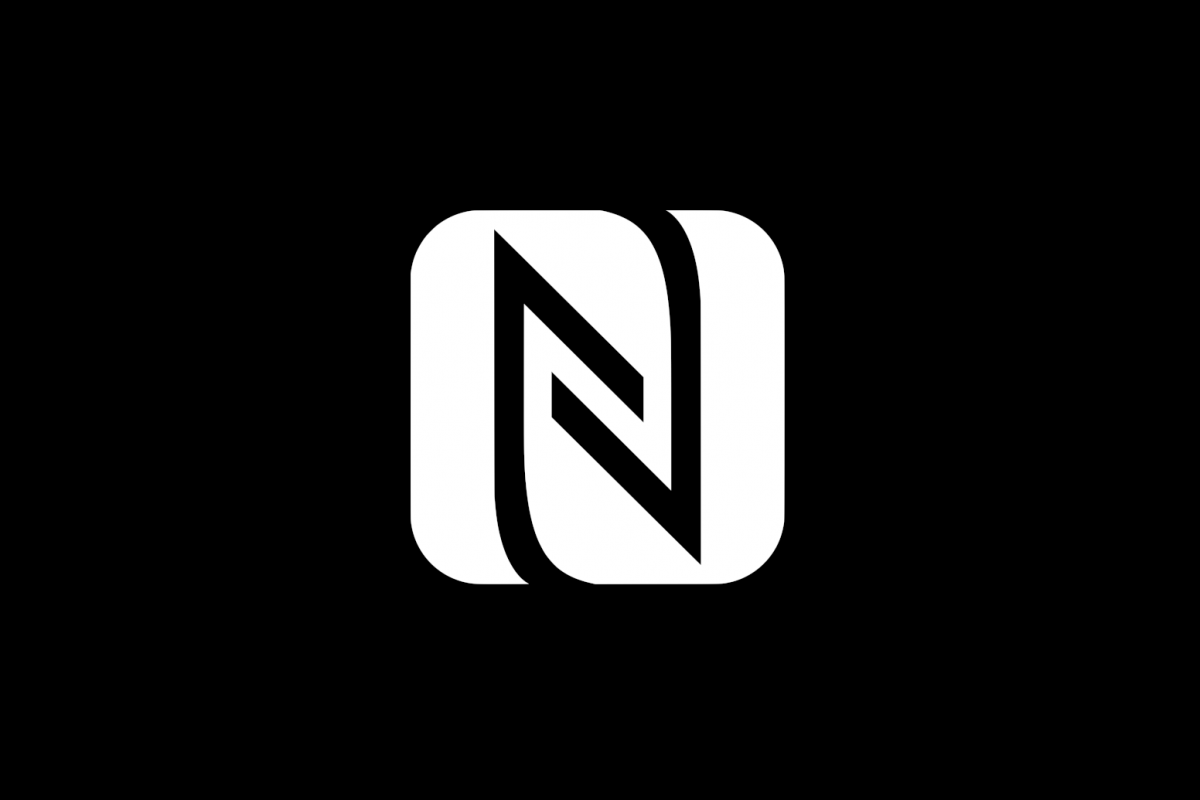Wireless charging has become a mainstream feature these days, as both phones and phone accessories rely on the technology to provide convenience in addition to wired charging. Wireless charging by itself is also evolving, as tech innovators opt for features such as fast wireless charging and reverse wireless charging to make the product ecosystem even more alluring. These features require dedicated coils inside the appliance that can wirelessly transmit power. But since space can be at a premium in these appliances, especially on smaller wearables, there is an incentive to explore alternative approaches. The NFC Forum has come up with one, as it announced the approval of a wireless charging specification that will let you charge your devices via NFC chips instead of dedicated wireless coils.
The NFC Forum, the global standards and advocacy association for Near Field Communication technology, announced today that its Board of Directors approved and adopted the Wireless Charging Specification (WLC) that makes it possible to wirelessly charge small, battery-powered consumer and IoT devices with a smartphone or other NFC charging device at a power transfer rate of up to one watt.
Wireless Charging enabled through NFC allows for wirelessly charging small battery-powered devices, namely IoT devices and wearables. The approach is intended to alleviate the need for a separate wireless charging component for these small devices if they include NFC. As an example, a Bluetooth headset which includes NFC for pairing could also use it for wireless charging under this new specification. The NFC antenna will be used to exchange pairing information and to transfer power, albeit at a maximum of 1W.
The NFC spec will use the 13.56MHz base frequency and leverage the NFC communication link to control the power transfer. The tech already allows the transfer of power to an NFC tag to enable communication by providing a constant carrier signal. The WLC spec extends this communication functionality of NFC to enable wireless charging. There are two modes for charging: static and negotiated mode. The static mode uses standard radio frequency field strength and provides a consistent power level. The negotiated mode uses a higher RF field supporting four power transfer classes of 250, 500, 750, and 1000 milliwatts.
Hardware requirements for WLC have not been mentioned, but we can presume that it would require newer chips and is not a feature that can be safely backported to older devices.
Source: NFC Forum
Story Via: Android Authority

